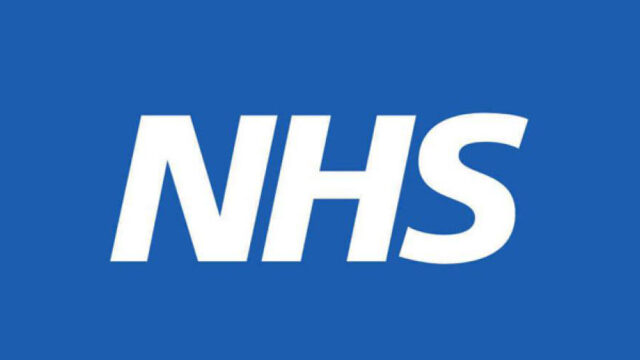While we continue to face new and worrying health challenges in the modern age, there are some diseases that remain universally troubling. Take cancer, for example, which despite advances in treatment has seen incidence rates across the board increase by 12% in the UK alone since the early 1990s.
In fact, there are around 363,000 new cancer cases diagnosed on our shores each and every year, with this equating to an estimated 990 each day as of 2016.
This means that somebody is diagnosed with cancer every two minutes on average in the UK, creating a significant challenge that’s hard to comprehend.
But what is the typical journey of somebody experiencing cancer care in the UK, and how can this be improved both in terms of treatment and the overall quality of life for patients?
Addressing the Huge and Diverse Number of People who Suffer with Cancer
Not only are the statistics harrowing, but they also highlight the burden that’s being placed on the NHS as it attempts to provide actionable treatment while also guaranteeing the best possible quality of life for its patients.
At the same time, it’s fair to say that cancer can affect individuals of all ages, meaning that healthcare providers are often required to tailor their approach significantly.
For example, just over a third (36%) of all cancer cases in the UK are diagnosed in people aged 75 and over, while incidence rates in people aged 24 or under have increased by a quarter (25%) on average since the beginning of 1990.
Make no mistake; the combination of increased incidence rates, patient diversity and the various types of cancer that exist pose significant issues to healthcare providers, particularly in terms of patient flow and the delivery of prompt and effective care.
This issue can be exacerbated further by the fact that all cancer patient treatments follow a similar path, from the initial diagnosis to the use of chemotherapy.
The latter is a universal type of treatment that uses one or a combination of anti-cancer drugs as part of a standardised regimen, and this can create challenges when scheduling treatments and maintaining a viable supply of drugs.
How Can Cancer Patient Care be Improved Going Forward?
In instances where cancer patients are unable to access prompt treatment or receive the care that they deserve, the levels of suffering and anxiety that they experience can increase significantly.
At the heart of this challenge is patient flow, which remains a key measure of performance in terms of how hospital departments (including those treating cancer patients) perform over time.
In simple terms, patient flow refers to the movement of individuals through a particular healthcare facility, from the point of admission to their final discharge. As a result, it can impact on the safe and efficient delivery of patient care, particularly during periods of high demand for beds and treatment.
With the NHS already under threat due to sustained issues of underfunding, optimising patient flow remains a key objective and one that can have a direct impact on the quality of care delivered to those with cancer.
The solution lies in digitisation, with advanced patient flow software capable of optimising the typical patient experience in real-time.
Utilising digital whiteboards and mobile devices to increase the speed and efficiency with which patient information is shared, this software creates the ideal environment for hospitals to make individual care their main priority.
This can also minimise the administration burden placed on staff members and enable nurses to manage the supply and demand of beds more effectively in real-time, so that no cancer patient ever needs to be kept waiting for treatment and care even as incidence rates rise.




